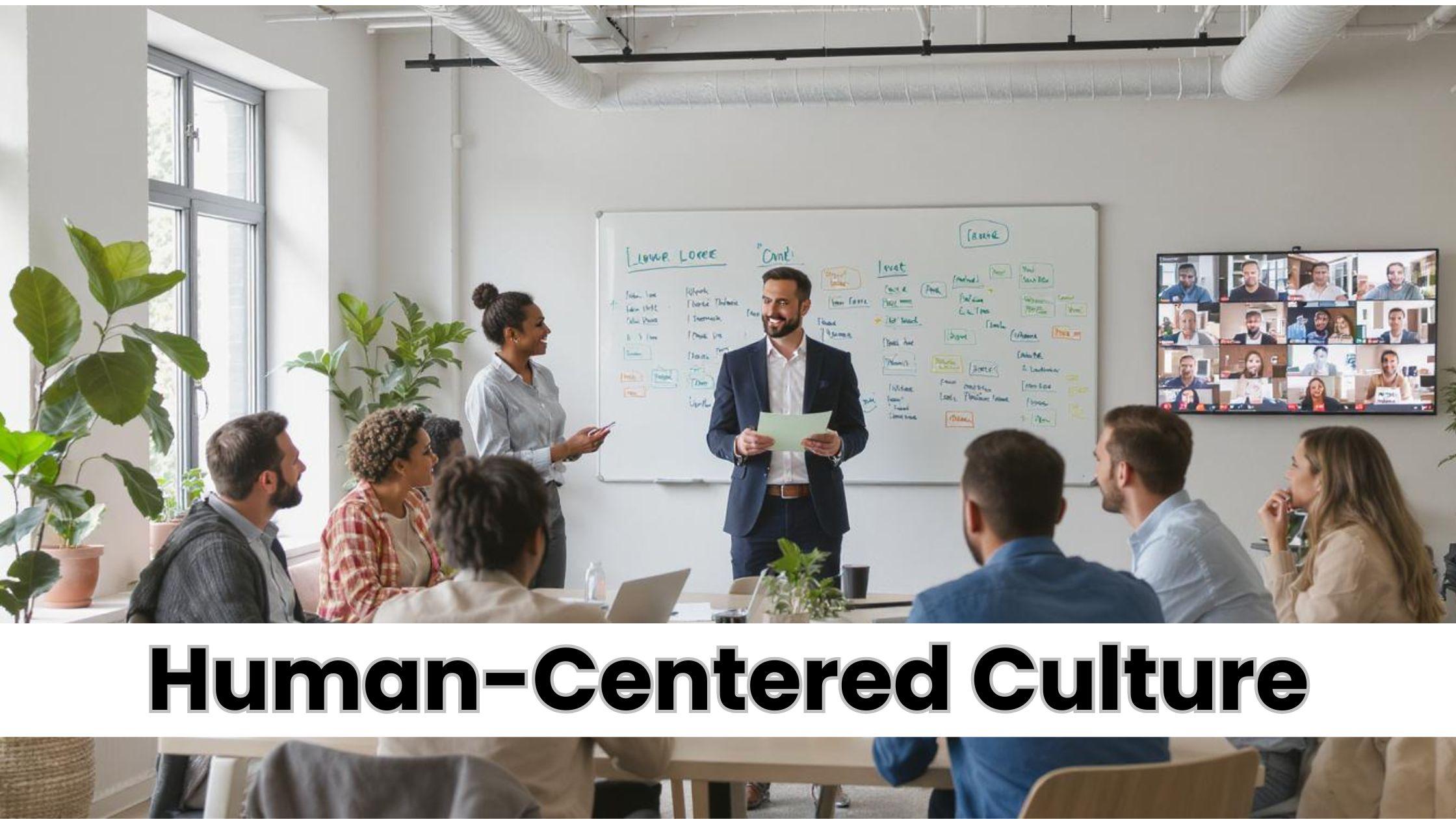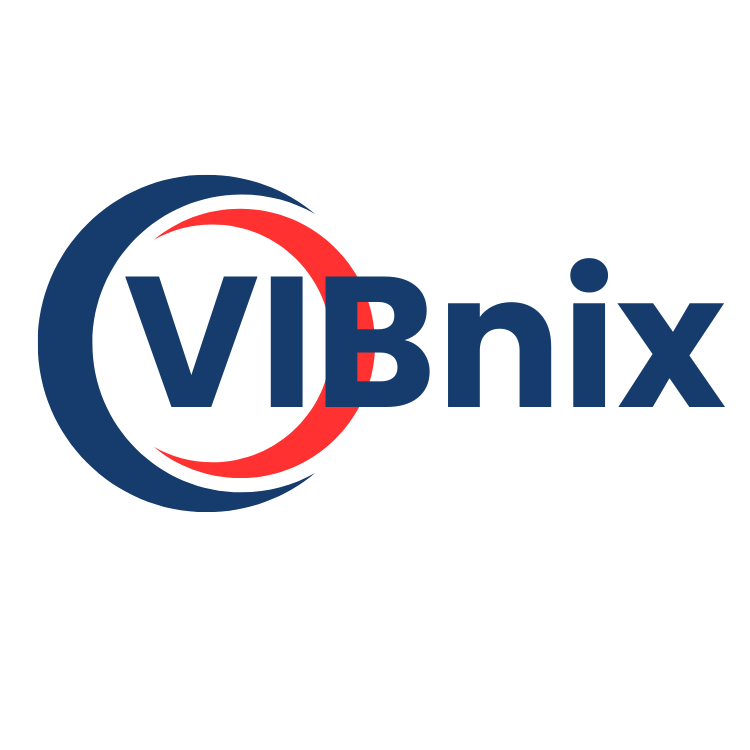How Human-Centered Culture Fuels Workplace Agility

Workplace agility has become a defining factor for organizational success in a rapidly changing world. However, real agility is not achieved solely through technology or structured processes—it starts with people. Developing a Human-Centered Culture ensures employees are engaged, motivated, and empowered to drive change. On behalf of Businessinfopro Company, this article examines how focusing on human needs and experiences strengthens agility and organizational resilience.
Defining Agility in Modern Organizations
Agility refers to the ability of an organization to respond swiftly and effectively to changes in the market, technology, or business environment while maintaining performance. While agile frameworks like Scrum and Lean provide guidance, they cannot alone create agility. True adaptability stems from employees who feel empowered, trusted, and equipped to make decisions aligned with organizational goals.
Organizations that neglect human-focused strategies often experience disengagement, slow decision-making, and a lack of responsiveness. In contrast, companies that embrace human-centered approaches see faster innovation, stronger collaboration, and sustainable adaptability.
The Central Role of Human-Centered Practices
A human-focused approach places employees at the core of organizational strategy. By valuing contributions, experiences, and well-being, organizations foster trust and loyalty—essential ingredients for workplace agility.
Key elements include:
-
Encouraging transparent communication and active feedback loops.
-
Recognizing and rewarding initiative, creativity, and problem-solving.
-
Creating a safe environment where employees can experiment and learn from mistakes.
Integrating these principles ensures agility becomes a natural outcome rather than a forced directive.
Psychological Safety and Agile Teams
Agility depends on employees feeling safe to take risks, propose ideas, and challenge assumptions. Organizations that cultivate psychological safety enable experimentation and innovation without fear of negative consequences.
Teams operating in safe environments can pivot quickly during disruption, implement solutions effectively, and maintain high morale. Organizations lacking this focus often face hesitation, blame culture, and siloed decision-making that hinder agility.
Leadership’s Role in Driving Agility
Leaders shape the culture and behaviors that enable agility. By adopting a human-focused approach, they create transparency, trust, and empowerment.
Effective leadership practices include:
-
Empowering teams with autonomy and decision-making authority.
-
Modeling adaptability and resilience in uncertain circumstances.
-
Recognizing contributions that promote collaboration and innovation.
-
Encouraging cross-functional teamwork to enhance problem-solving.
Leaders who demonstrate human-centered behaviors embed agility into the organization’s culture, making it a natural part of daily work.
Enhancing Employee Experience
Agility is closely linked to employee engagement. Organizations that invest in employee experience—through well-being, development, and meaningful work—create environments where adaptability flourishes.
Strategies include:
-
Flexible Work Arrangements: Hybrid schedules and flexible hours.
-
Continuous Learning: Skill development programs to support evolving business needs.
-
Purpose-Driven Roles: Aligning employee tasks with organizational mission to foster motivation.
A positive employee experience improves productivity, engagement, and the organization’s ability to adapt to change.
Diversity and Inclusion Strengthen Agility
Diverse teams bring varied perspectives that improve creativity, problem-solving, and decision-making. Inclusion ensures all employees feel valued and empowered to contribute meaningfully.
Organizations that embed diversity and inclusion in human-centered practices can respond more effectively to market shifts, make better-informed decisions, and innovate faster, reinforcing overall agility.
Technology as a Supporting Tool
Technology, such as AI, automation, and collaboration platforms, is essential for supporting agile workflows. However, it is most effective when implemented to enhance human capabilities.
Employees adopt technology more readily when it reduces workload, supports collaboration, and aligns with human needs. This human-centered approach ensures tools facilitate agility rather than create resistance or fatigue.
Building Resilience Through Culture
Resilience—the ability to recover from setbacks while maintaining performance—is closely tied to agility. Organizations that provide support, adaptive policies, and psychological safety strengthen employee resilience.
Resilient employees remain focused, solution-oriented, and engaged during times of change. This resilience directly contributes to an organization’s agility, enabling teams to pivot and adapt quickly in dynamic conditions.
Preparing Organizations for the Future
Future-ready organizations prioritize people alongside technology and processes. Human-centered practices ensure employees remain motivated, innovative, and adaptable.
Embedding human-focused strategies allows agility to become a sustainable organizational capability. Companies that do so can respond effectively to challenges, attract and retain top talent, and foster long-term innovation.
Read Full Article : https://bizinfopro.com/blogs/hr-blogs/why-workplace-agility-begins-with-human-centered-culture/
About Us : BizInfoPro is a modern business publication designed to inform, inspire, and empower decision-makers, entrepreneurs, and forward-thinking professionals. With a focus on practical insights and in‑depth analysis, it explores the evolving landscape of global business—covering emerging markets, industry innovations, strategic growth opportunities, and actionable content that supports smarter decision‑making.
- Vibnix Blog
- Politics
- News
- Liberia News
- Entertainment
- Technology
- Education
- Art
- Causes
- Crafts
- Dance
- Drinks
- Film
- Fitness
- Food
- Games
- Gardening
- Health
- Home
- Literature
- Music
- Networking
- Other
- Party
- Religion
- Shopping
- Sports
- Theater
- Wellness



